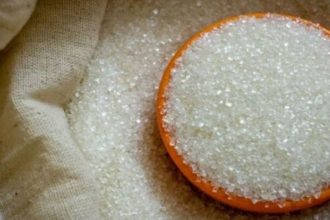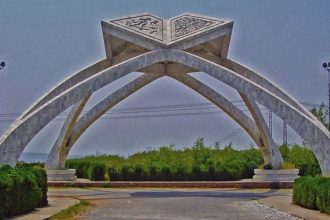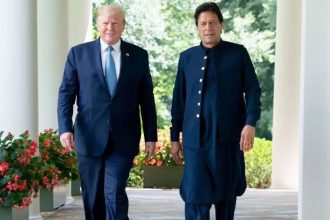Pakistan Television completed its 50 years on November 26.
PTV began its journey from Lahore in 1964, with a staff of 30 people. It started with black and white transmission in the days when owning a television set was the epitome of luxury.
In the early days of PTV, most localities would only have that one house with a TV set, with neighbours often thronging to that house to catch the 8pm drama or the 9pm news bulletin.
The craze was at such a hight that some families used to make telephone calls to their TV-owning friends and family so they could listen to their favourite drama over telephone.
For the first 30 years or so after its inception, PTV remained an invaluable source of knowledge and entertainment, fading out a bit in the last 20 years. During this period, it faced competition from Indian movies, which started sneaking into Pakistani households through VCRs; also from illegal boosters and antennae installed at rooftops to catch international transmissions.
Right from the onset PTV faced a strict censor policy from the government. Female actors and anchors were bound to follow strict dress codes promulgated by the Ziaul Haq regime. Some actors from the era report that they had to hold a tissue in their hand when touching someone of the opposite sex onscreen, so that it would not technically constitute ‘touching’. A number of artists and shows like ‘Baleela’ fell at the hands of Zia’s censorship.
Still, PTV rode all these hindrances, remained steadfast and has continued to air dramas in prime time that keep people glued to their screens.
The list of memorable PTV programmes is long indeed. And it includes such unforgettable classes as ‘Dhoop Kinaray, Tanhaiyan, the satirical show 50-50 and Sona Chandi to name but just a few.
Today, channels are airing round-the-clock transmissions, but none of these bother about creativity and variety, or even about television transmissions as a venerable public service.
PTV, on the other hand, has seven to eight hours of transmission time each day, but it divides this time so methodically that it has something in it for everyone.
Entertainment channels these days are obsessed with the family’s internal issues, especially playing up the infamous mother-in-law/daughter-in-law angle thanks to their soap opera counterparts from across the border.
PTV, at least in the good old days, was more focused on airing diversified content (even if it incorporated family drama) to highlight the plight of the masses. Waris, Neelay Hath and of course who can forget Irfan Khoosat’s “main saatwee jamaat pass dirrrct hawaldar houn” in the immortal police drama Andhera Ujala.
Those were the days when Ghazala Kaifee and Roohi Bano ruled the waves and people’s hearts.
And of course, having stalwart scriptwriters like Shaukat Siddiqui, Ashfaq Ahmed, Fatima Suraiya Bajia and Noorul Huda Shah helped a lot.
Since telecasts were not repeated, missing an episode meant missing it forever. Consequently, people made a point of leaving their homes only after having seen their favourite show even for important events. .
Zeba Shehnaz, one of the actors of the show, said a few days ago that she had performed 108 different characters in Fifty-50.
The era of Pakistan Television was a golden era rife with nostalgia.Almost certainly never to return.







